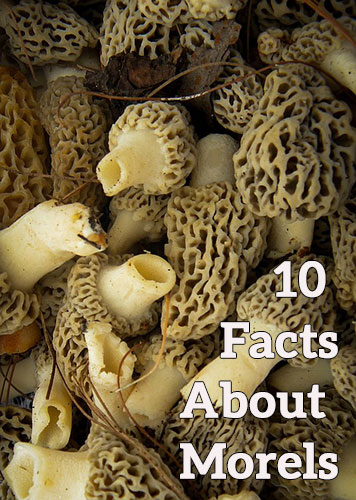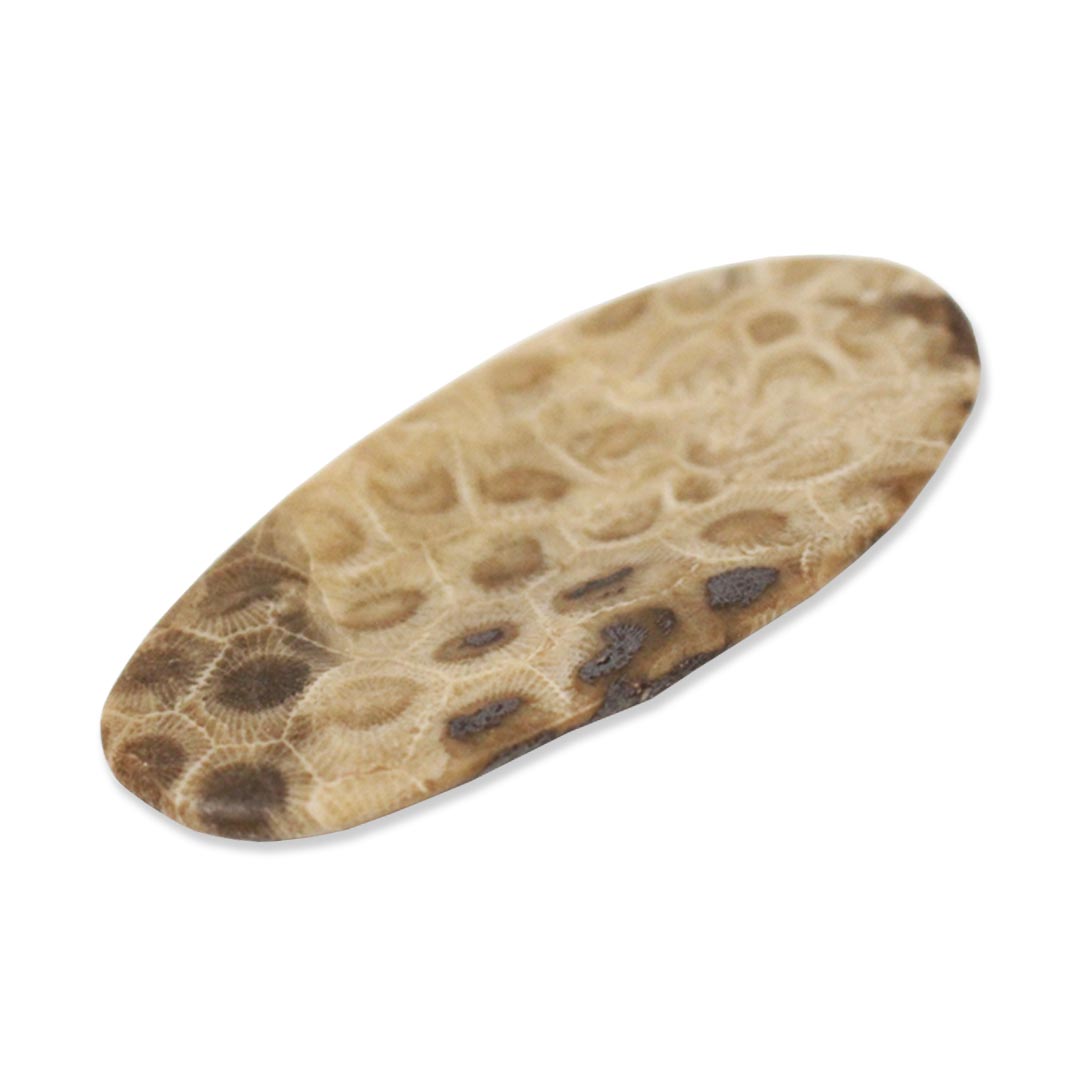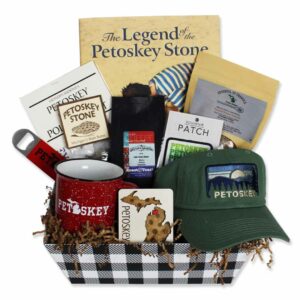10 Facts About Morels
 Next time you take a spring walk in the Michigan woods, keep your head down. You might find an elusive morel mushroom if you train your eyes on the ground.
Next time you take a spring walk in the Michigan woods, keep your head down. You might find an elusive morel mushroom if you train your eyes on the ground.
In Michigan, morel mushroom season begins in early April and runs as late as early June in the northern most parts of the state. People are crazy for the morel, in part because of the air of mystery that surrounds this hard for this fungus.
1. Morels are rare. Finding them takes knowledge, skill, and a lot of time and patience. For many, the thrill of the chase is just as exciting as eating a morel. According to the state of Michigan, more people go out in the woods hunting morel mushrooms in the month of May than go deer hunting in November.
2. Morels are found in every county in Michigan. While they’re commonly found in forests, they also make appearances in backyards, urban flowerbeds, and even musty, old basements! Moisture is a key factor in morel production. You’ll often find more after a winter of heavy snow followed by a wet spring.
3. Morels are unpredictable. In keeping with the unpredictability of morels, experienced foragers claim both old-growth forests and areas that were recently cleared by logging or fire are great places to hunt. This basically means these ‘shrooms can pop up anywhere. They say you’ll also increase your luck by looking around the base of live ash and elm trees and any dead trees.
4. Morels have tall, honeycomb caps and come in many colors and sizes. The most common colors are dark black, yellow, and white. If you go morel hunting, be sure you know what one looks like. You don’t want to accidentally pick poisonous mushrooms. If you’re unsure, ask someone who knows to help you identify safe mushrooms. If you feel lightheaded, nauseous, or have stomach cramps after eating wild mushrooms, get yourself to an ER right away!
5. Cut morels, don’t pull them. When picking morels, be sure to cut them off at the bottom rather than trying to yank them out of the ground. This ensures the root system stays intact, and they may regrow next season. If you do find a cache of Morels, make a note of the location, so you can check back next year. But keep it quiet, unless you want other intrepid fungus hunters encroaching on your territory.
6. Finding a big growth of morels is like hitting the jackpot. They can go for as much as $50 a pound! Restaurants and farm markets will buy mushrooms from you. But you have to be licensed to sell morels for public consumption. It’s a precaution put in place to make sure no one gets poisoned. You can get certified by taking a class from the Michigan Department of Agriculture and Rural Development.
7. Keep fresh morels cool and dry. Once you get your fresh morels home, store them in the refrigerator in a dry container, paper bag, or wrapped in wax paper. They’ll last about a week in the fridge. Don’t eat morels, or any wild mushroom, without cooking them first. People can even have reactions to safe mushrooms, and the heat from cooking neutralizes the chemicals that cause the reaction.
8. Morels can also be dried for future eating. Once they’re completely dry, store them in a plastic bag.
9. Local eateries serve up morels. If morel hunting isn’t for you, but you still want to enjoy the taste of fresh, wild mushrooms, don’t worry. In the spring, many local Michigan restaurants offer special dishes featuring mushrooms. Check farm stands and farmer’s markets for them also.
10. You can grow morels at home. For those with a green thumb, it’s a very involved process, but you can grow your own morels. Try Easy Grow Mushrooms and The Farm for supplies.





